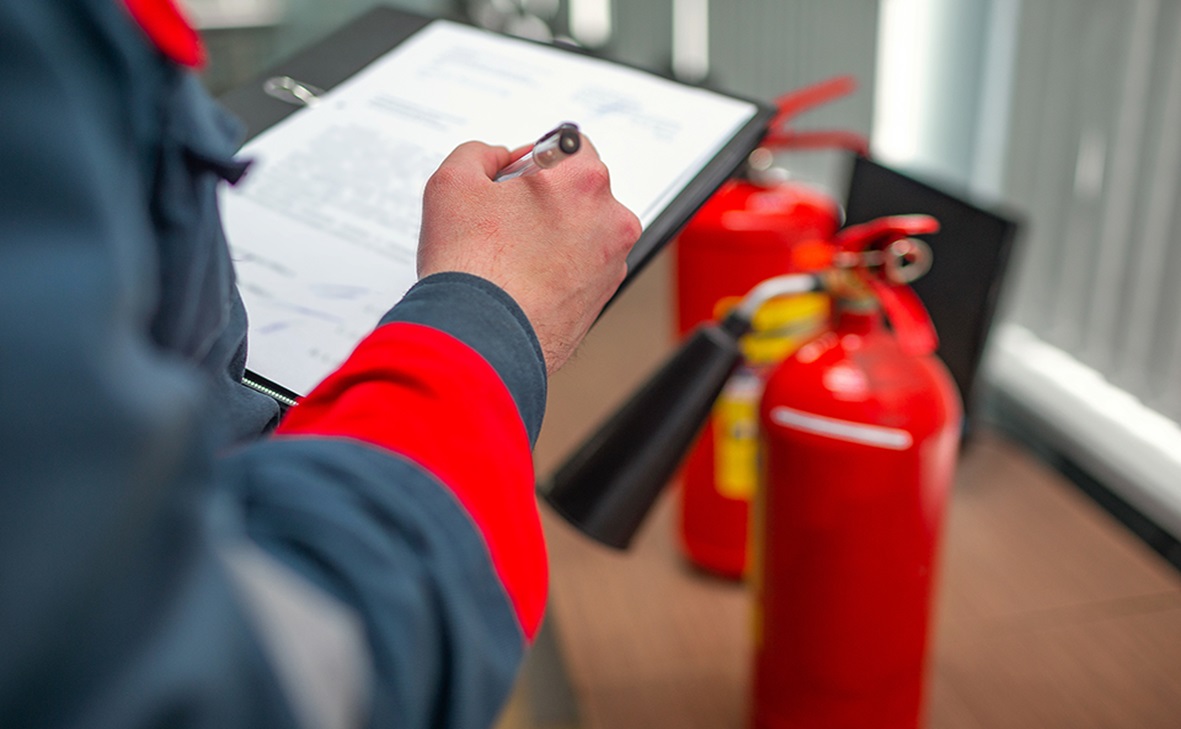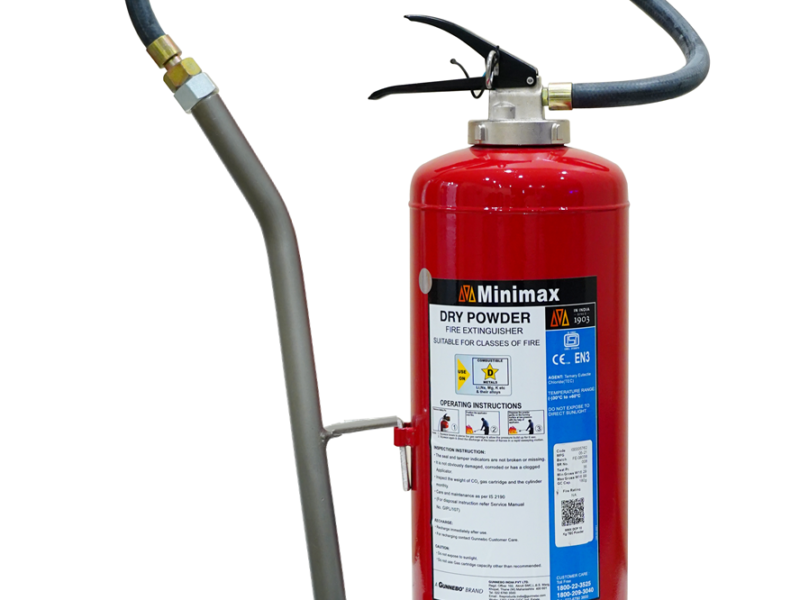
As a Strategic Business Leader, you have seen fire extinguishers at your business premises. Have you ever thought that Is this fire protection equipment ready to use and as per the current applicable BIS standard? To make sure, take a moment to brush up on five things you need to know about fire extinguishers. Remember Fire accidents happen because of a lack of knowledge and ignorance.
-
Extinguishers Are Designed for Specific Types of Fires
It is critical to understand the Classification of Fires. Since the Type of Fire Extinguisher applied depends on its suitability for the Class of Fire. An extinguisher is effective only for the class of fire that it is intended for, there is no one type of fire extinguisher that is universally acceptable for all classes of fire. Careful consideration needs to be given while selecting the most suitable type of fire extinguisher.
The classification of fire is briefly explained below,
Class A – Fires involving solid combustible materials such as wood, paper, rubber, plastics
Class B – Fires involving flammable liquids or liquefiable solids
Class C – Fires involving flammable gases under pressure including liquefied gases
Class D – Fires involving reactive metals such as Magnesium, Aluminium, Zinc, Sodium, Potassium
Class F – Fires involving cooking media like vegetable or animal oils and fats in cooking appliances
And Fires involving energized electrical conductors
Types of Fire extinguishers with the suitability of operation on the fire class is mentioned here,
- Water type fire extinguishers are suitable for Class A fires
- Foam type fire extinguishers are suitable for Class A and Class B fires
- Sodium Bicarbonate dry chemical fire extinguishers are suitable for Class B, and Class C fires.
- Mono Ammonium Phosphate dry chemical fire extinguishers are suitable for Class A, Class B, and Class C fires.
- Water mist fire extinguishers are suitable for environments with sensitive equipment that could be damaged by dry chemical powder fire extinguishers.
- Clean agent fire extinguishers are suitable for Class A, Class B, and Class C, and electrically induced fires.
- Wet Chemical fire extinguishers are suitable for Class F (edible oil/grease) fires in kitchens.
- Carbon dioxide fire extinguishers are suitable for Class B and C fires.
- Tri Eutectic Chloride fire extinguishers are suitable for Class D (combustible reactive metals) fires.
-
BIS 2190 recommends Monthly Fire Extinguisher Inspections
The most critical inspections are those performed once a year by a professional fire safety service vendor. However, the BIS 2190 recommends monthly visual inspections as well. Fortunately, you can assign a staff member to perform this task with no rigorous training needed. These inspections include:
- Confirming the presence and location of each fire extinguisher
- Ensuring the extinguisher has no apparent signs of damage or tampering
- Checking the pressure gauge
- Making sure the operating instructions are legible
-
Fire Extinguishers Must be Refilled After Every Use
Maintaining fully charged fire extinguishers is a vital part of keeping your premises safe. If a fire extinguisher was used recently with a small discharge of extinguishing agent to fight a fire, or accidental discharge took place, make it a priority to refill the fire extinguisher so it’s ready for operation in case of a fire emergency. Fire Safety or admin team can prepare the maintenance, refilling, and hydro pressure test schedule as per annexures provided in IS 2190 code of practice.
-
Fire Extinguishers Don’t Last Forever
While extinguishers have an expiration date, it’s important to replace the same after completion of their lifecycle. As per IS 2190, every fire extinguisher has a defined lifespan (15 Years for CO2 Types and 10 Years for all other types of fire extinguishers). Fire extinguishers to be replaced in accordance with BIS 2190 guidelines.
-
You Must Dispose of Fire Extinguishers Properly
When it’s time to dispose of an old extinguisher, you can’t just throw it in the trash. The organization shall ensure the safe disposal of fire extinguishers after a fire extinguisher completes its lifespan. Fire extinguishers shall be marked unusable before disposal, so as to prohibit subsequent use.
If the extinguisher is fully or partially charged, call an authorized extinguisher service agency and request the fire extinguisher disposal. Ask for a certificate of disposal mentioning the serial nos. of cylinders from the agency.
If disposal service is not available, operate the fire extinguisher in an open environment. After the fire extinguisher is fully discharged, disengage the valve slowly to ensure the release of residual pressure. Dissemble components of the fire extinguisher. Send the cylinder and other parts to the metal recycler for scrapping. Note the date of rejection and the mode disposal with serial numbers in the register. For mostly or entirely full extinguishers, call your local fire department and inquire about dropping off old canisters at the firehouse. If this isn’t an option, take your extinguisher to a hazardous waste disposal facility.


